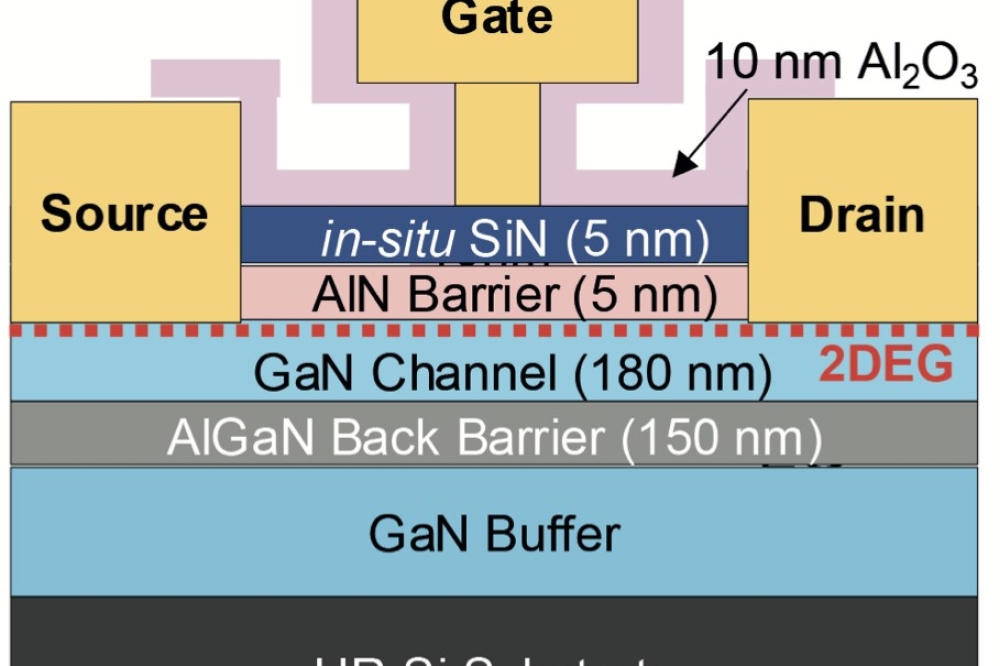KAUST team reports record-breaking UV LED comms

LED-based communication system achieves line-of-sight data rates up to 71 Mbit/s using 8-QAM-OFDM technique
For free-space optical wireless communications, UV-light-based systems have many inherent advantages such as low background solar radiation and low device dark noise especially for the UV-C/B (100-280nm/280nm-315nm) band.
In addition, atmospheric scattering of UV radiation contributes to less restrictive requirements for pointing, acquisition, and tracking (PAT), making the technology suitable for diffuse line-of-sight (LOS) as well as non-line-of-sight (NLOS) communications.
Now researchers from King Abdullah University of Science and Technology (KAUST), led by Boon S. Ooi, have reported a record-breaking high-speed near-solar-blind UV communication system with a data rate up to 71 Mbit/s in a LOS link, and 23.6 Mbit/s at a 12-degree diffuse-LOS link.
They have achieved this high data rate by using orthogonal frequency-division multiplexing (OFDM) modulation technique and a 294-nm UVB-LED.
The figure below shows the testbed for the LED based UV communication measurement, comprising an Agilent 81150A Arbitrary Waveform Generator (AWG), a Tektronix DPO70404C Digital Phosphor Oscilloscope (DPO), a UVB-LED, Thorlabs LA4052-UV plano convex lens, as well as a Thorlabs APD 430A2/M avalanche photodetector.
The measured bit-error rate (BER) are 2.8 and 2.4 for LOS link and diffuse-LOS link, respectively, which are well below the forward error correction (FEC) criterion (3.8). The demonstration of an 8-QAMs OFDM near-solar-blind UV communication system with the highest data rate ever reported paves the way towards further development of UV NLOS communication link.
'71-Mbit/s ultraviolet-B LED communication link based on 8-QAM-OFDM modulation', by Xiaobin Sun et al; Optics Express, Vol. 25, No. 19, 18 Sep 2017.


































